Does your website support multiple languages? If it does you are going to need to create hreflang tags. Hreflang tags distinguish pages that have the same content but are in different languages. They help improve your websites search engine optimization (SEO) for the regions those languages are primarily spoken in. WordPress is available in over 60 languages so it is very important to distinguish which language your website is in.
It is also more important to specify the country your language is intended for. For example, in the United States, you have English as the national language, but there is a very large portion of the population that speaks Spanish. You need to make it clear your website is for Spanish speakers in the United States and today I will demonstrate how to do this by creating hreflang tags in WordPress.
How hreflang Tags Work
Hreflang tags tell search engines one page is for English speakers in the United States and another Page is for Spanish speakers. This is accomplished by using a language and region code. For example, the English page in the United States would be represented by en-us and the Spanish one would be es-mx. The Spanish one starts with es because it is referred to as Espanol by WordPress and mx is an abbreviation for Mexico. These codes tell search engines what to display based on a visitor’s preference when searching through search engines. These help tremendously when you want to improve your WordPress local SEO.
The code is very simple and very effective since there are over 60 languages supported in WordPress. Hreflang tags help make your WordPress multilingual and open the door to a larger audience for your website. These tags are extremely important when you are targeting specific audiences for specific products and services. WordPress SEO is one of the most important issues your website will face and using any technique to improve your rankings will greatly benefit your website.
How to Add hreflang Tags in WordPress
Today I will demonstrate how to add hreflang Tags in WordPress using the Polylang plugin. Polylang is a multilingual plugin that specializes in managing your website in multiple languages. It is a very popular plugin with over 200,000 active installs and provides all of the necessary tools to manage your multilingual website.
Let’s start by going to the plugins area of WordPress and click on the “Add New” button.
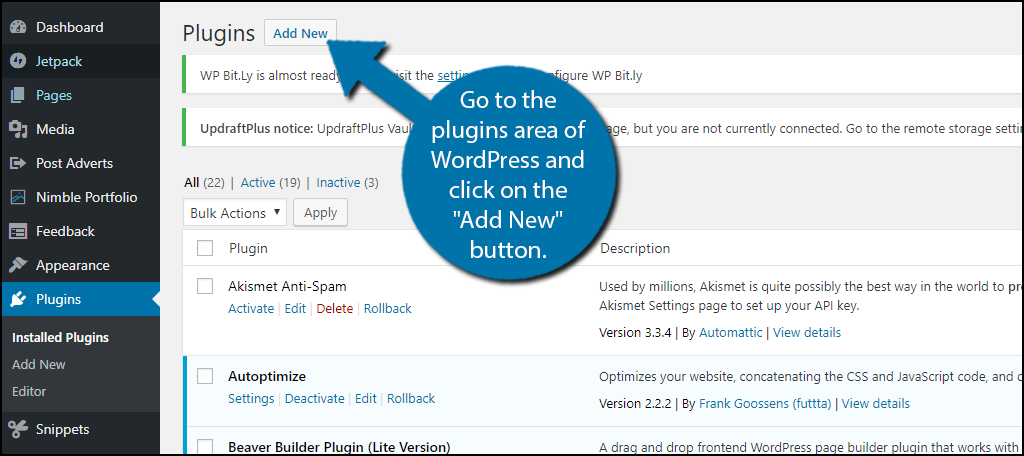
Search for Polylang in the available search box. This will pull up additional plugins that you may find helpful.
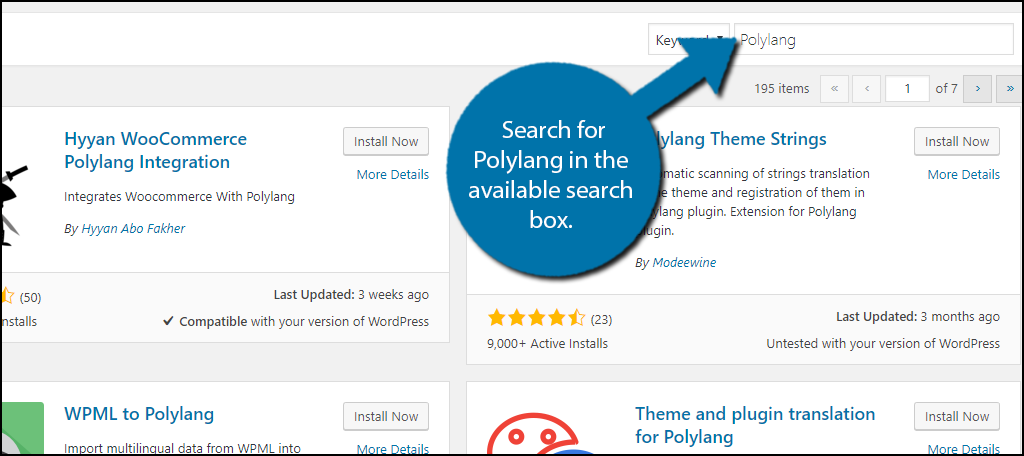
Scroll Down until you find the Polylang plugin and click on the “Install Now” button and activate the plugin for use.
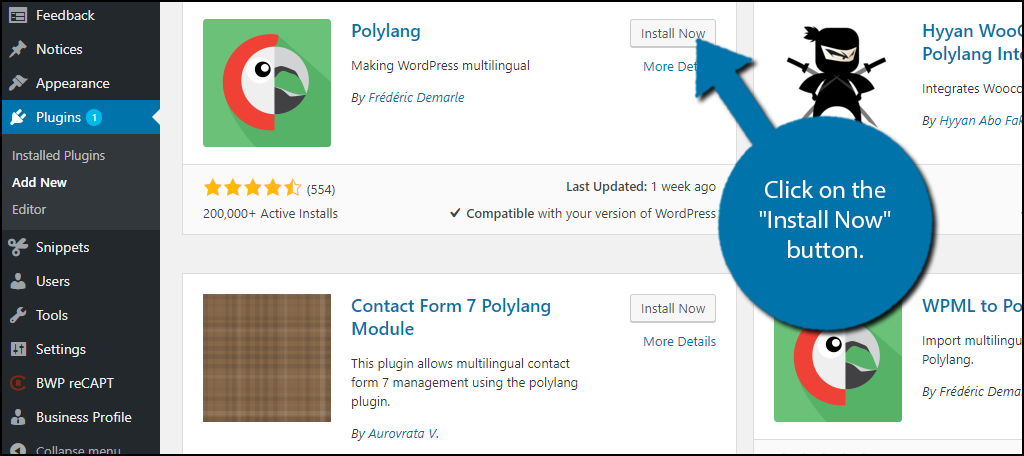
On the left-hand admin panel click on Languages to enter your websites languages information. This includes things like the languages your website uses, language code and flag you wish to display. The flag can be very important because it shows what kind of dialect you may be speaking. For example, there are many variations of the Spanish language between Mexico and Spain so it is important to be clear. The same can be said between Britain and the United States.
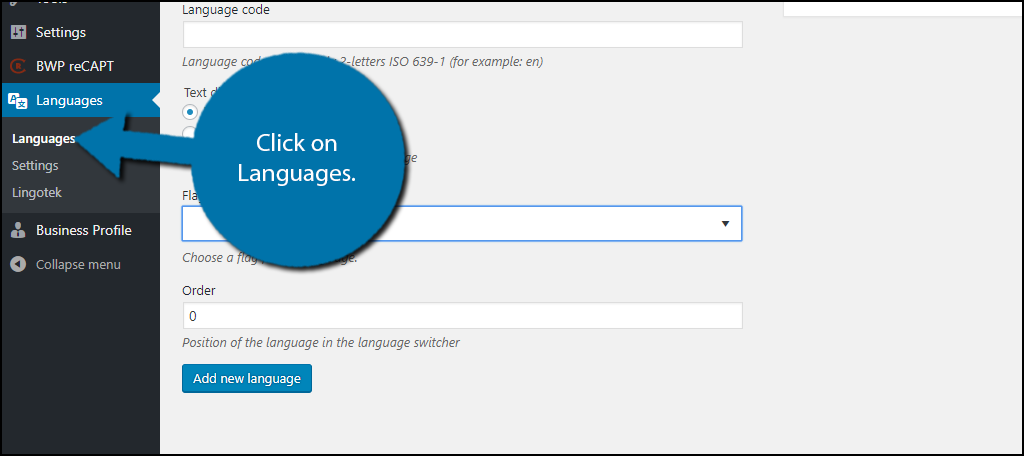
You will now want to begin filling out the page. It is extremely simple because you only need to select the language. It will automatically fill in everything else. For example, if you select the English – en_US option it will automatically fill out all of the other fields.
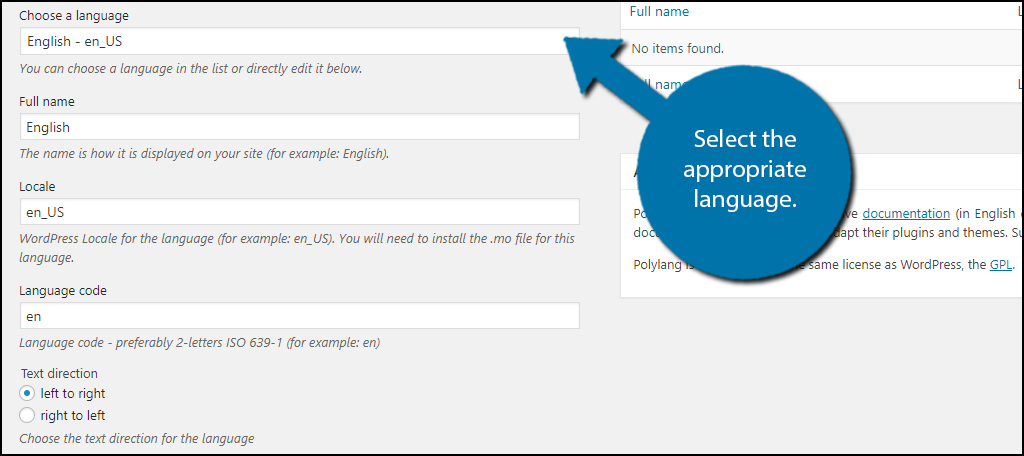
Click on the “Add New Language” button to save this language information. Repeat these steps to create other languages your website will use.
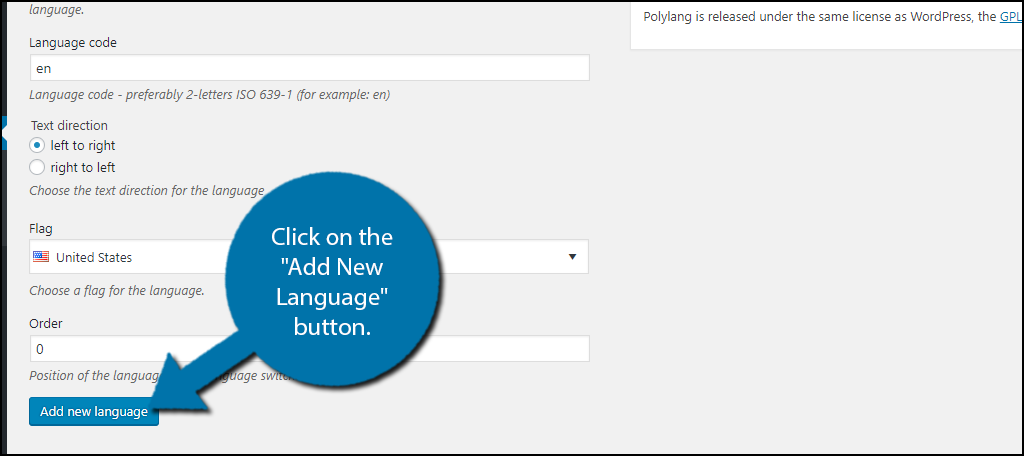
Once you add a language you will see a warning that asks you to set all languages to your default language. I recommend doing this because you can go to every page and post and select the appropriate language and if you want to add a translation into another language.
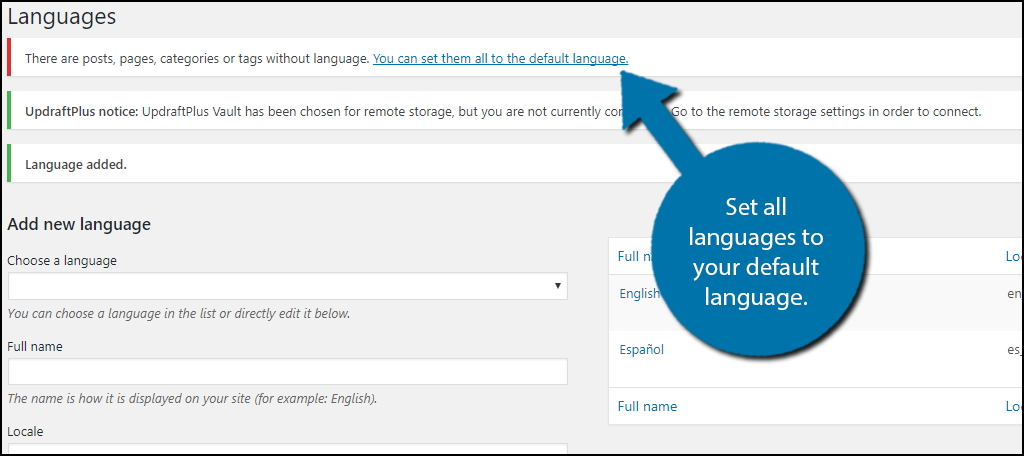
Go to any of your pages and you will now see a language option on the right-hand side. It will give you the option to change the primary language, which should be your default language if you followed the previous step and offer you to add an additional language from the others you created.
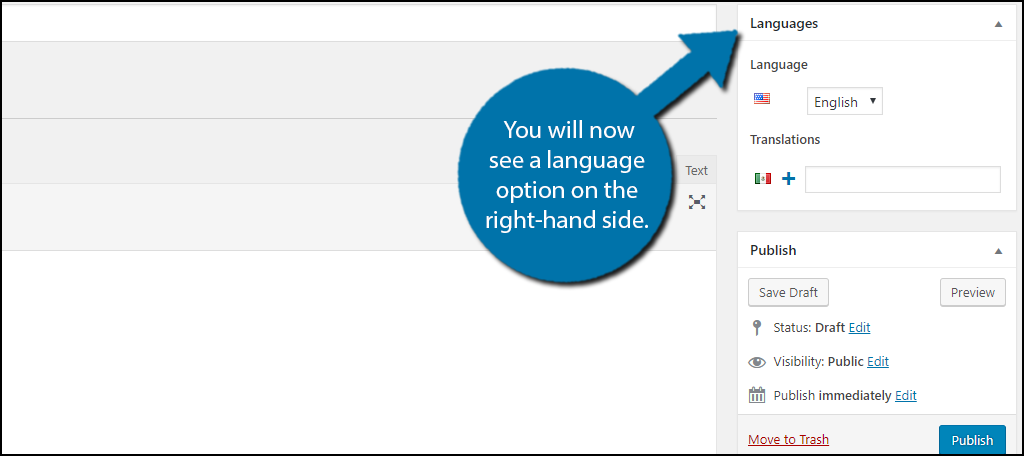
Congratulations, you have successfully added hreflang tags to your website by using Polylang. You may be asking yourself whether you actually created them and the answer is simply you did not, but Polylang does automatically. You will find them in your websites source code.
Additional Plugins to Try
WordPress is supported in over 60 languages and many plugins have been created to help manage a multilingual website. These plugins all have similar features and will create hreflang tags automatically as you update pages into certain languages. Here are some plugins that you may find useful.
HREFLANG Tags Lite
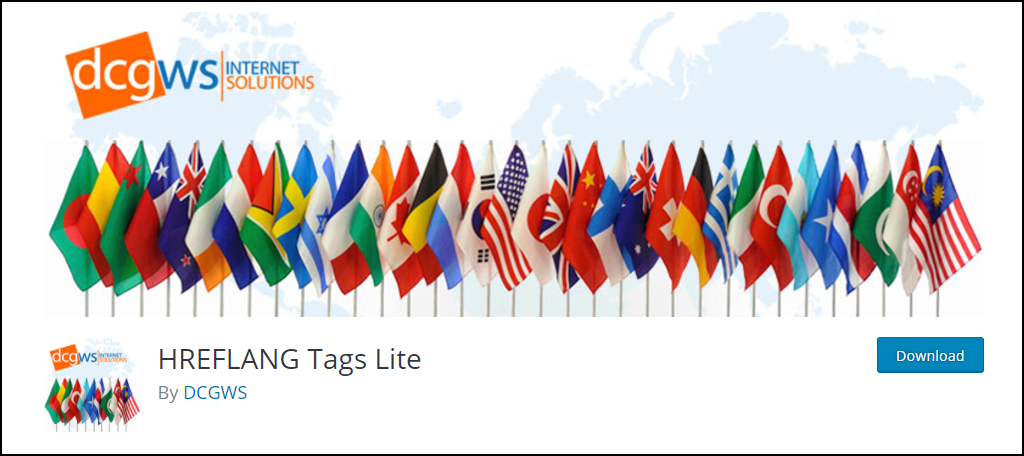
HREFLANG Tags Lite is a very simple plugin that solely focuses on adding hreflang tags to your WordPress website. It supports all of the languages in WordPress and will provide all of the necessary tools to keep your tags updated and as accurate as possible. This plugin is definitely worth a try.
Multilanguage
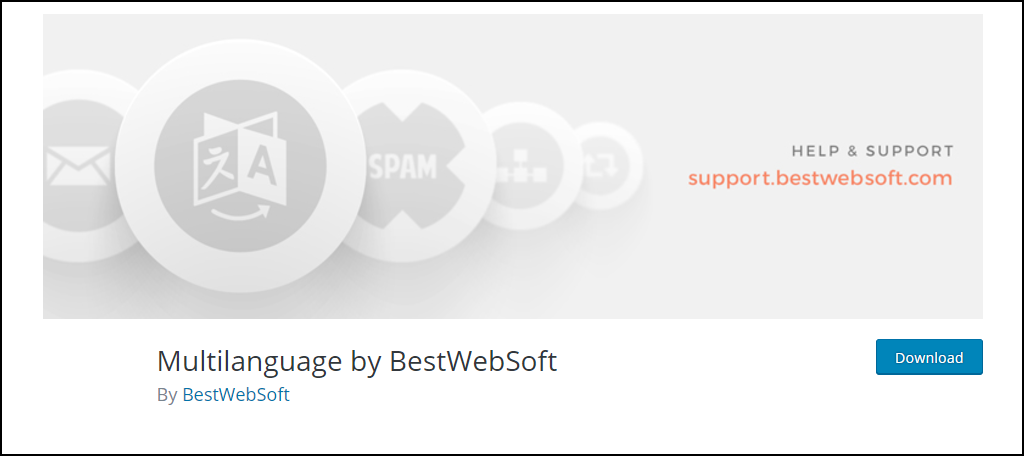
Multilanguage is a plugin very similar to Polylang but is missing the auto translate feature. It does support importing other translations into your website and will create hreflang tags automatically. If you would prefer to import other translation instead of the ones offered by Polylang then this plugin may be just for you.
Make Sure Your Website has the Appropriate hreflang Tag
It’s really important to make sure your website has the appropriate tag for the language your website is using. It will really help improve your SEO and raise your rankings. This will help bring your website’s content, services, and products to a wider audience. These tags are extremely easy to add if you are using one of the many WordPress hreflang tags plugins, which are better identified as multilingual plugins.
It is also very important that you have the knowledge or a staff member has knowledge on any of the languages you are publishing in. Translation tools are not perfect and you need to make sure you are giving accurate information to your customers. Remember a website is always about improving the visitor’s experience and offering your website in the visitors’ native language will definitely help you improve their experience.
How many different languages does your website use? Has your audience increased when you started adding more languages to your website? Do you target different audience with different products?

Hi Chris, thanks for the useful information.
I tried polylang, and doesn’t seem to be showing up on my source code and Google can’t seem to find it either. Does it take few days or should it be instant?
Thanks
Shawn,
Make sure you’ve disabled any caching plugins that you may have running and/or purge the cache. Otherwise, allow the caching plugin to do its thing and the changes will take some time to show.
Hi Chris, is there another free plugin that you could recommend to manage hreflang tags? I am building a website Professional photography service in San Juan & Carolina, Puerto Rico (http://momentstopper.com) for photography service in Puerto Rico and I am willing to make it bilingual: English/Spanish. Thanks in advance!
I have two separate domains, with completely different names, the domain for Spanish speakers all over the world is “ahorratiempo.org” and the domain for English speakers all over the world is “savestime.org” , so are Two completely separate websites — The content will be translated manually by me (1 to 1 translation, same structure, same content ) from spanish to english.
Now my question:
In my specific case I need to implement “hreflang”, or is Not necessary since I’m using completely different domain names ? ?
I’m using WordPress.
Thanks a Lot for your help!!
Hi Miguel,
If you have the same content in multiple languages or you have content aimed at different geographic regions but in the same language, then you want to use hreflang tags. It doesn’t matter whether the content you have is all on one domain or multiple domains. You can link variations within the same domain, but can also link between domains.